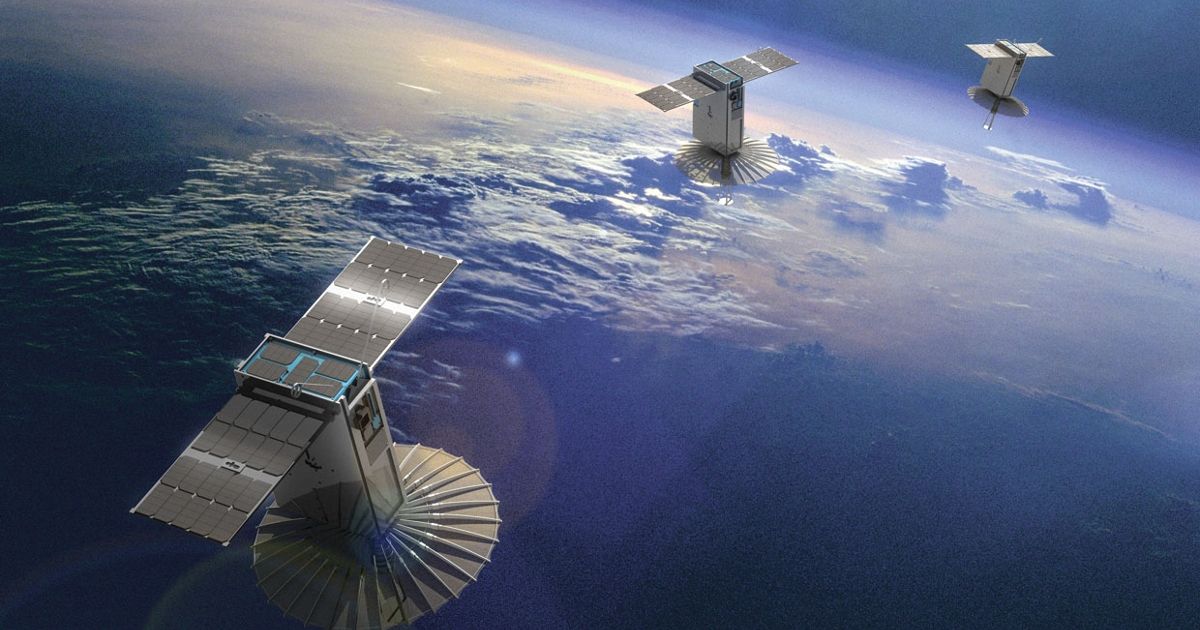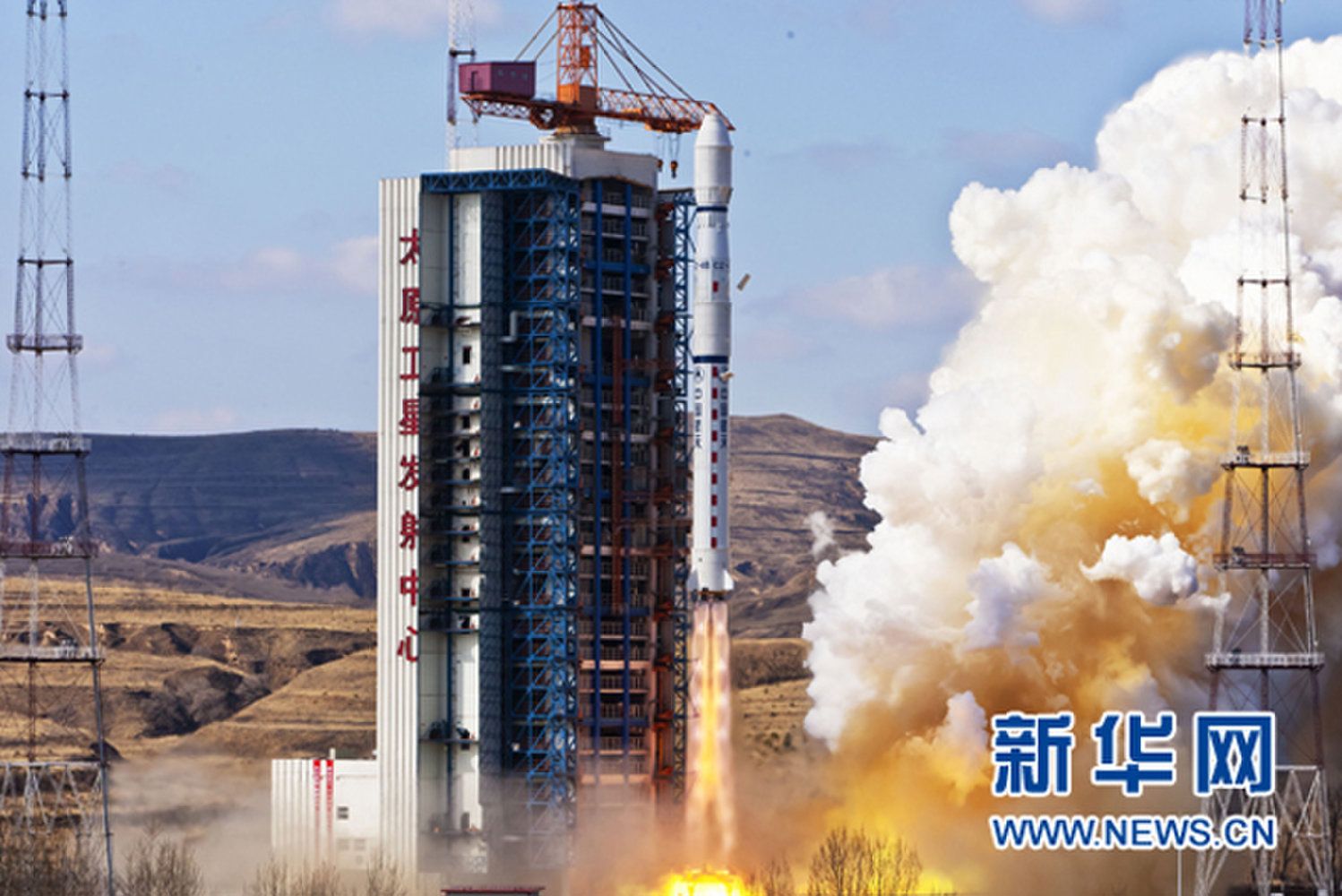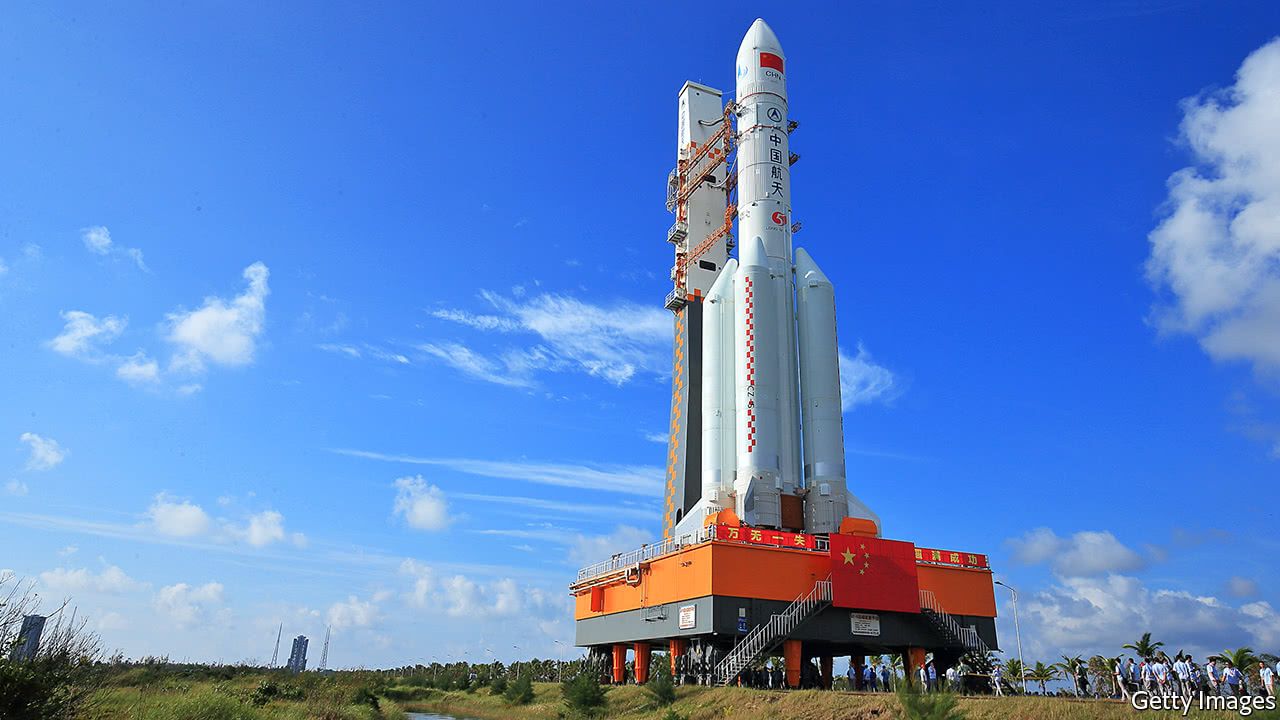Elon Musk’s company has been working on launching satellite broadband for years. Its first test starts soon.


A recent Falcon 9 launch reportedly contained two prototype global internet satellites, bringing SpaceX closer to establishing the Starlink global network.

It is 09:30 a.m. on her ranch in Texas, and we are talking to the 30th Via Satellite Executive of the Year, Gwynne Shotwell about everything from her history at SpaceX, her relationship with its founder and CEO, Elon Musk — the man she still calls “the boss” — and what it means for her to be the recipient of our award in its 30-year anniversary. Shotwell talks honestly, will answer the tough questions, and you feel like it is a genuine conversation, rather than a series of scripted answers that have gone through an entire communications department before you are allowed to be on the phone.
We know SpaceX is a great company. We know they are the “cool kids” of space right now and, while Elon Musk obviously takes a lot of credit for his vision and bravery to come up with SpaceX, in Shotwell he found the perfect executive to run it like a finely oiled machine. In 2016, SpaceX suffered a huge setback when a high-profile test failure led to the loss of the Spacecom satellite Amos 6, making headlines across the world. It is said we learn more about ourselves when we deal with adversity, and this would be the case with Shotwell and SpaceX. She fronted up, and led the team back from this demoralizing setback to unprecedented heights in 2017. She is one of the most admired and respected executives in our industry, and an inspiration for young women around the world. When it came to selecting our 30th Satellite Executive of the Year, there was really only one choice this time around, SpaceX President and COO, Gwynne Shotwell is our Satellite Executive of the Year 2017.
Moreover, the launch accomplished SpaceX’s overarching goal of making access to space travel affordable, with a price tag of $90 million per launch, compared to roughly $500 million for the second most powerful rocket, the United Launch Alliance’s Delta IV Heavy. Now that the Falcon Heavy ’ s abilities have been demonstrated, it can be used to send satellites, payloads, and potentially tourists into space.
Days since the historic launch, this surreal image of a Tesla Roadster and Starman cruising away from Earth has become a symbol and foreshadowing of humanity’s exciting future as a space-faring species. After all, SpaceX’s massive transformative purpose is not simply to make space travel affordable, but rather to allows humans to become a multi-planetary species. Ultimately, Tuesday’s launch left many speechless because it brought us closer to accomplishing this aspirational goal.
Given the hefty cost of space exploration, it’s natural to wonder why we should explore space. Sure, space exploration and travel can also expand our technological abilities as a nation or even as a species. There have been many inventions that would not have occurred without space travel. But that’s not the real reason we explore space.

In addition to launching three Earth-watching satellites, Rocket Lab has sent up a satellite you can watch from Earth: a bright and shiny object christened Humanity Star.
Rocket Lab says Humanity Star, a geodesic sphere made of carbon fiber with 65 reflective panels, could well rank as the brightest satellite in the night sky.

WASHINGTON — It should be no surprise that China is moving to challenge the United States for dominance in space, cyber, artificial intelligence and other key technologies that have wide national security applications. But the question that is still being debated is whether the United States is taking this threat seriously.
This may not be a Sputnik moment, but the United States could soon be unpleasantly surprised as China continues to shore up its domestic capacity to produce high-end weapons, satellites and encryption technologies, a panel of analysts told the House Armed Services emerging threats and capabilities subcommittee.
At the Tuesday hearing, Subcommittee Chairman Rep. Elise Stefanik, R-N.Y., said lawmakers are not entirely convinced that China’s dominance in many technology sectors is a “foregone conclusion.” But the committee does believe that China’s technological accomplishments should inform U.S. policies and defense investments. [The Most Dangerous Space Weapons Concepts Ever].

That failure, and another one last year involving another type of Long March rocket, slowed China’s space efforts. Officials had hoped to launch around 30 rockets of one type or another in 2017 but only managed 18 (there were 29 launches in America and another 20 of Russian ones—see chart). But they promise to bounce back in 2018, with 40-or-so lift-offs planned this year. These will probably include a third outing for the Long March 5—assuming its flaws can be fixed in time—and missions that will greatly expand the number of satellites serving BeiDou, China’s home-grown satellite navigation system.
NATTY yellow carts whizz tourists around Wenchang space port, a sprawling launch site on the tropical island of Hainan. The brisk tour passes beneath an enormous poster of Xi Jinping, China’s president, then disgorges passengers for photographs not far from a skeletal launch tower. Back at the visitor centre there is a small exhibition featuring space suits, a model moon-rover and the charred husk of a re-entry capsule that brought Chinese astronauts back from orbit. A gift shop at the exit sells plastic rockets, branded bottle openers and cuddly alien mascots.
The base in a township of Wenchang city is the newest of China’s four space-launch facilities. It is also by far the easiest to visit—thanks in part to the enthusiasm of officials in Hainan, a haven for tourists and rich retirees. Wenchang’s local government has adopted a logo for the city reminiscent of Starfleet badges in “Star Trek”. It is building a space-themed tourist village near the launch site, with attractions that include a field of vegetables grown from seeds that have been carried in spaceships.
Upgrade your inbox.

Earth-i, a mapping service based in England, has launched a prototype of the world’s first full-colour, full-motion video satellite constellation.

British company Earth-i has successfully launched a prototype of its upcoming satellite constellation into orbit. The new network – known as Vivid-i – will be the first of its kind to provide full-colour motion video and the first European-owned constellation able to provide both video and still images.

In a technology first, a team of NASA engineers has demonstrated fully autonomous X-ray navigation in space—a capability that could revolutionize NASA’s ability in the future to pilot robotic spacecraft to the far reaches of the solar system and beyond.
The demonstration, which the team carried out with an experiment called Station Explorer for X-ray Timing and Navigation Technology, or SEXTANT, showed that millisecond pulsars could be used to accurately determine the location of an object moving at thousands of miles per hour in space—similar to how the Global Positioning System, widely known as GPS, provides positioning, navigation, and timing services to users on Earth with its constellation of 24 operating satellites.
“This demonstration is a breakthrough for future deep space exploration,” said SEXTANT Project Manager Jason Mitchell, an aerospace technologist at NASA’s Goddard Space Flight Center in Greenbelt, Maryland. “As the first to demonstrate X-ray navigation fully autonomously and in real-time in space, we are now leading the way.”